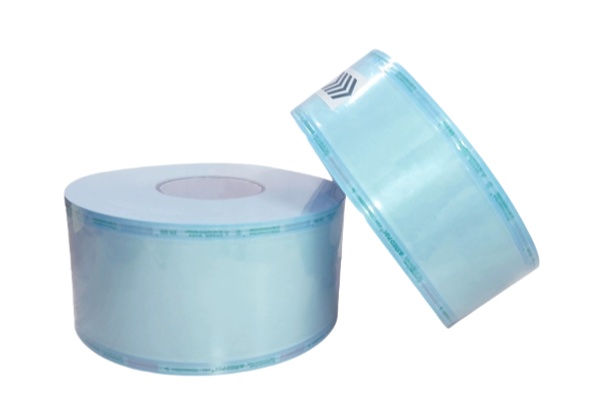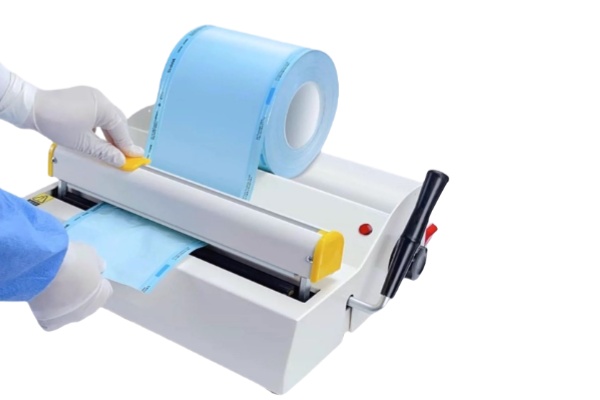Antimicrobial EVOH High Barrier Medical Packing Film
Coextrusion high barrier films are used for packaging medical devices, pharmaceuticals, and other healthcare products. These films can be made with specific barrier properties to protect the contents from moisture, oxygen, UV light, and microbial contamination.
The main material used for coextrusion films in medical packaging can vary depending on the specific requirements of the application. However, some of the commonly used materials include:
1. Polyethylene (PE): PE films are widely utilized in medical packaging due to their excellent puncture resistance, flexibility, and barrier properties. They can be laminated with other materials to enhance functionality.
2. Polypropylene (PP): PP films are known for their high tensile strength, good chemical resistance, and moisture barrier properties. They are often used for sterile packaging and blister packs.
3. Polyester (PET): PET films offer high clarity, heat resistance, and dimensional stability. These properties make them suitable for applications like lidding films and labels.
4. Nylon (PA): Nylon films provide exceptional puncture resistance and high mechanical strength. They are commonly used in multi-layer laminates for medical packaging.
5. Aluminum Foil: Aluminum foil is frequently incorporated into laminated films to provide an excellent barrier against moisture, gases, and light. It is often used in pharmaceutical blister packaging.
These materials can be combined in different configurations and thicknesses to create laminated films with specific properties such as oxygen barrier, moisture resistance, UV protection, and chemical resistance. Additionally, printed films may undergo surface treatments or coatings to enable better print adhesion, chemical resistance, or antimicrobial properties.
It's important to note that the selection of materials for medical packaging films depends on regulatory requirements, product compatibility, sterilization methods, and the desired properties of the final package. Therefore, it is essential to consult with packaging experts or regulatory bodies to ensure compliance with specific industry standards and regulations.

